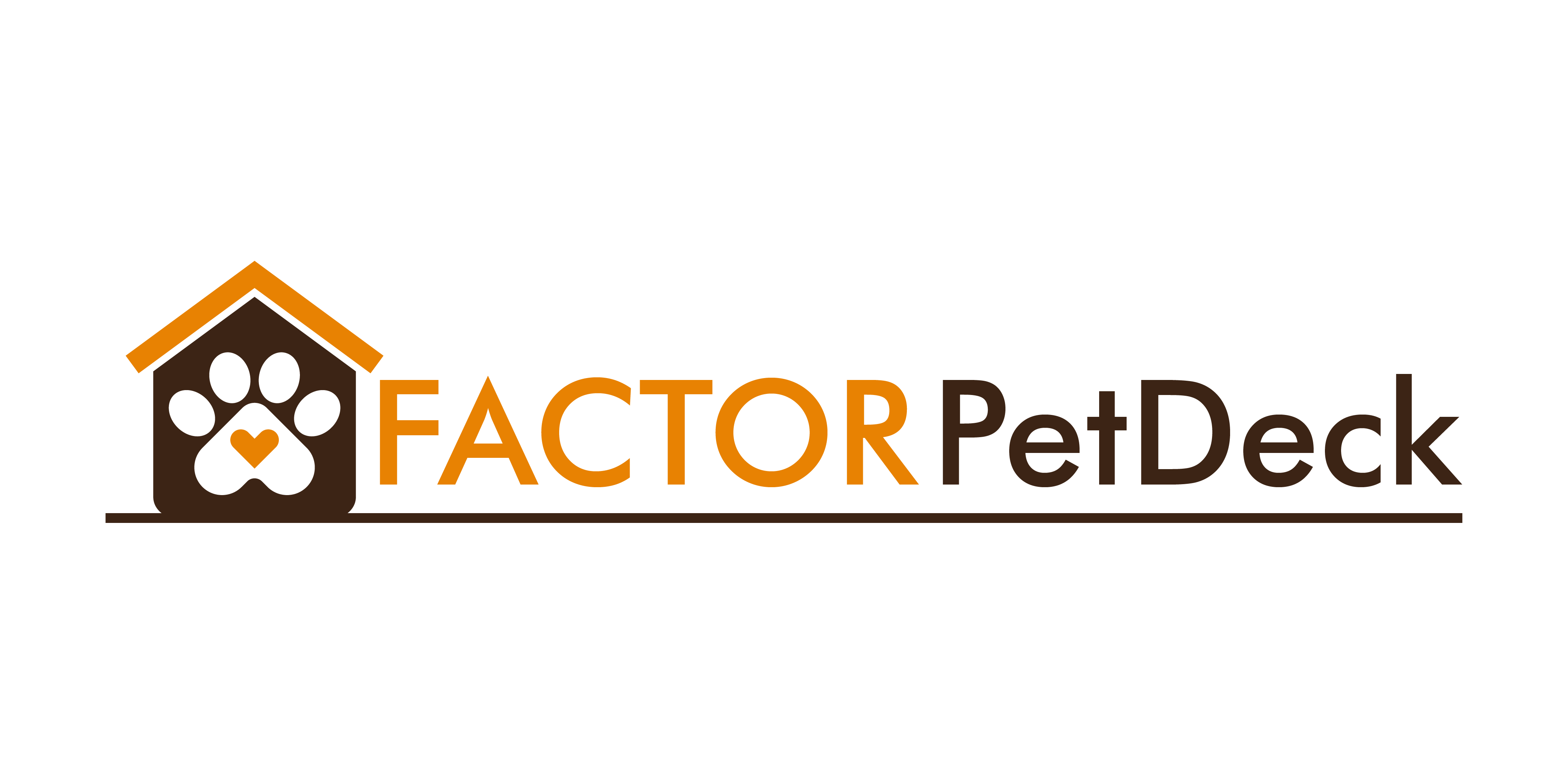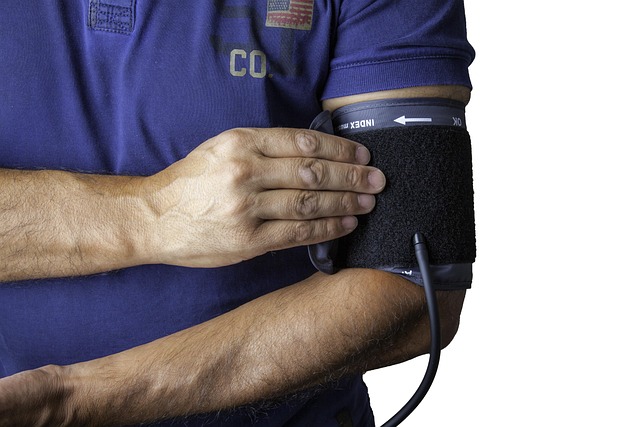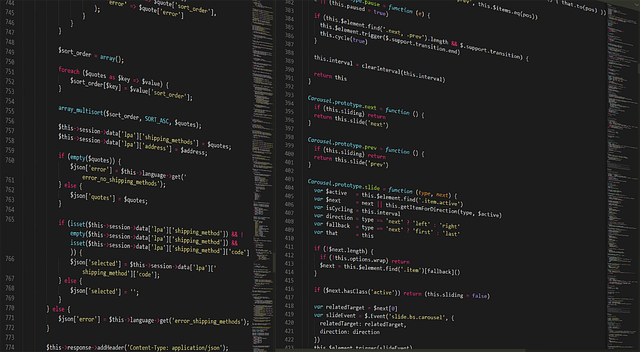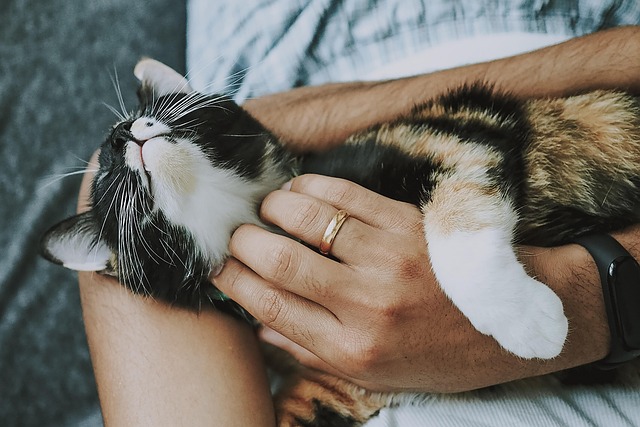Introduction: Why Pet Health Tech Is Booming
Pets aren’t just pets anymore. For a growing share of households, they’re family—and they’re treated that way when it comes to food, wellness, and now, healthcare. This shift is fueling a quiet boom in pet health tech, with more owners turning to digital tools to stay ahead of potential issues.
Instead of waiting for symptoms to turn serious and scheduling a vet visit out of panic, pet parents are investing in smarter routines. Wearable trackers, AI-enabled feeders, even litter boxes that scan for early warning signs—it’s all part of a new movement toward proactive care. Think Fitbits and smartwatches, but for animals.
At the center of it all: convenience, data, and peace of mind. Wellness apps now deliver insights daily, helping detect shifts in behavior or physical activity before they become problems. Owners are watching trends—not just symptoms—and that’s a game changer. The result isn’t about replacing the vet. It’s about showing up to appointments more prepared, more informed, and in many cases, less anxious. Welcome to the new norm of pet care—connected, consistent, and designed to catch things early.
What At-Home Monitoring Looks Like Now
Walk down any pet aisle today and you’ll see just how far things have come. We’re not talking chew toys and leashes anymore. We’re talking health tech—and it’s built for everyday use.
Smart collars are leading the charge. They track your dog’s heart rate, respiratory patterns, sleep, and activity levels. Think of it as a Fitbit, but designed for fur and four paws. These devices aren’t just flashy—they’re functional. Subtle changes in heart rate or movement can signal discomfort long before your pet shows signs outwardly.
Litter boxes have also gone high-tech. Some now monitor waste output and frequency, sending alerts when something looks off. It’s not glamorous, but it could mean catching kidney issues or urinary tract infections before they become serious.
Then there are the treat dispensers with built-in cameras and behavior tracking. They serve up kibble and insights in one shot. Owners can spot behavior shifts—like increased pacing or lethargy—that might indicate stress, illness, or a need for more stimulation.
All of this funnels into apps that update in real time. Whether you’re at work or out of town, you can get a snapshot of your pet’s health from your phone. It’s fast, easy, and keeps you in the loop without guesswork.
The tools are here, and they’re only getting smarter.
Benefits for Pets and Owners
At-home health monitoring isn’t just a flashy new convenience—it’s quietly changing how pets live and how their humans care for them. Early detection is one of the biggest upsides. Subtle changes in behavior, heart rate, or activity levels—things a pet owner might miss—can now get flagged by a wearable or smart tracker. That heads-up time can mean the difference between a minor adjustment and a medical emergency.
It’s also making vet visits more effective. When vets walk into an exam with weeks of tracked behavior and biometric data, they’re not starting from zero. They can make faster, more informed decisions because they’re looking at a real-life picture, not just a ten-minute snapshot.
And then there’s the pet. Less stress, fewer trips, fewer pokes and prods. For animals who freeze up at a clinic door, staying in their own space while still being observed is a game-changer.
All this contributes to a tighter bond between humans and their pets. When you’re tuned in to how they’re really doing—on the daily—you’re not just reacting to health changes. You’re part of the story as it unfolds.
Challenges and Considerations
Here’s the truth: smart collars and litter boxes are getting better, but they’re not miracle workers. When it comes to accuracy, consumer-grade tools can flag irregular patterns—like a drop in activity or increased heart rate—but they’re not diagnosing kidney disease or heart murmurs. Vets have years of training and access to lab testing. At-home tech gives you a heads up, not a final say.
Then there’s the privacy angle. Every connected device—whether it’s tracking your cat’s hydration or your dog’s sleeping habits—is collecting data. Where that information goes, who owns it, and how it’s protected are still murky waters. Most pet parents aren’t reading privacy policies before syncing a smart collar to their phone. That’s a problem, especially as pet data starts overlapping with home Internet of Things (IoT) networks.
And maybe most important: these tools aren’t replacements for real veterinary care. They’re supplements. Think of them like a fitness tracker for your pet—it helps you keep tabs, catch early warning signs, and have smarter conversations with your vet. But if your dog stops eating or your cat won’t come out of hiding, you’re still booking an appointment, not updating an app. Know where the tech ends and the professionals begin.
Legislation and Regulation Updates
Pet care isn’t just going digital—it’s getting recognized by regulators. As smart collars, health-tracking apps, and AI-based alerts become more common, lawmakers are starting to take notice. Some regions now accept home health data as part of compliance for pet welfare standards. That means pet tech isn’t just cool—it could help prove you’re meeting the care obligations expected by law.
Veterinary boards and animal welfare organizations are also slowly adapting their recommendations. Several now include at-home monitoring tools in their official care guidelines. It’s early days, but the trend is clear: good tech, used regularly, can be part of responsible pet ownership—not an optional add-on.
This shift matters. It legitimizes what pet owners are already doing and encourages innovation that helps both animals and caregivers. For the latest on how regulations are evolving, check out Understanding the Impact of New Pet Legislation in 2023.
What’s Coming Next
Pet health tech is getting smarter—fast. AI is already analyzing subtle shifts in behavior, like sleep interruptions, gait changes, or paw licking frequency, before owners even realize something’s wrong. Instead of waiting for visible symptoms, machine learning models are starting to flag early signs of pain, anxiety, or illness, giving you a head start on care.
But intelligence isn’t just about alerts. Cross-platform syncing is stepping in, bringing together data from food trackers, exercise collars, and vet visits into one clear picture. This connected ecosystem helps owners and vets spot patterns that would’ve fallen through the cracks with siloed info. It’s not just futuristic—it’s functional.
And yes, all of this is finally getting more affordable. What was once reserved for tech-savvy or high-earning pet owners is now entering mainstream budgets. Expect simpler wearables, bundled app subscriptions, and increased integration with pet insurance platforms. It’s not about luxury—it’s about better, everyday care becoming accessible to more families.
Conclusion: A Smarter Way to Care
In 2024, smart pet health monitoring is no longer a novelty—it’s fast becoming the standard for attentive, tech-enabled pet care. With a range of affordable and accessible tools now available, pet parents can better understand and support their animals’ well-being.
Real-Time Insight is the New Routine
Traditional pet care often relied on the occasional vet visit or visible signs of illness. Today, health monitoring happens continuously and seamlessly:
- Smart collars provide up-to-the-minute data on activity and heart rate
- Automated litter boxes flag irregularities in bathroom habits
- Apps consolidate behavior trends, eating patterns, and sleep cycles
These tools let owners act fast and stay informed—before a health issue becomes urgent.
Vets Aren’t Being Replaced—They’re Being Empowered
Contrary to what some may fear, the rise of pet health tech doesn’t mean fewer vet visits. Instead, it shifts the conversation:
- Vets get clearer health histories and ongoing data to guide care
- Pet parents arrive at clinics better informed and prepared
- Pairing in-home tools with professional advice leads to better outcomes
In this model, tech bridges the gap between routines at home and clinical expertise.
The Future Lies in Your Pocket
The combination of AI, real-time sensors, and mobile access is transforming the way people care for their pets:
- Daily tracking now happens passively via wearable devices
- Notifications prompt owners to act on early warning signs
- Health dashboards on smartphones provide a fuller picture of your pet’s life
Smart monitoring isn’t about replacing instinct or love—it’s about equipping owners with actionable knowledge. As the technology continues to evolve, one thing is clear: the future of pet health is connected, proactive, and deeply personal.




